If Manston Airport is up for sale (and the current owner’s motivation to make money may mean that she has other plans) I’d buy the place. The price has to be right though as a lot of extra money will need to be invested to give a chance of success. Sadly, I can’t stretch to putting my hand in my pocket and starting out on the road to becoming a major force in aviation facilities. What I can do is write about what I see would be needed to make a profitable and sustainable airport.
First off lets deal with a couple of terms. The public has a tendency to confuse Airlines with Airports; a carrier goes bust or routes are pulled and it is a “failure of the airport”. We also confuse the big subject of “Aviation” with fare-paying passenger flights (either scheduled or chartered); there is a world of other aviation out there: freight,aircraft maintenance, business flying, public services (Air Ambulance, Police, Search and Rescue etc) and that’s before we start to cover private pleasure flying, flying schools, gliding and the military. They all need some form of airfield to service them. I am not saying that Manston is suitable for all of these, just that there is more to life than passenger flight.
True, for many people, their only exposure to aviation is as a passenger, however, a lot of the confusion of terms comes from the media. Headline writers conflate airports and airlines; journalists pull out old archive material on airline failure and weave it in to stories on airport closure (this is one of the laziest forms of journalism – only trawling social media such as Facebook and Twitter is worse); “expert” opinion is sought from the wrong experts – ask a travel writer about airports and he can only speak from the point of view of someone going on holiday and probably just those in his readership demographic, which is often “middle-class metropolitan” and thus an hour or less from a major international airport (but not under the flight path), he can’t speak about airports as a business, and, oddly, that is exactly what an airport is.
Since man discovered barter or invented money, business has worked by person ‘A’ having something that person ‘B’ wants and the ability to trade something that ‘B’ can give ‘A’ in exchange. The same goes for airports. Airports trade the ability to use their facilities with aircraft operators, and usually (in modern times) that is for money. Airports make their money by charging people to land and take off and for other less obvious things such as “parking” planes (by the hour), unloading freight (by the kg) and processing passengers (per person). There is also the possibility of selling fuel. Airports also have costs to cover from this revenue, air traffic control costs, fire service, infrastructure maintenance, runway lighting and that is before we even get to costs of the people that interface directly with passengers and freight. For a sustained business model an airport ‘A’ needs have a steady stream of customers ‘B’ paying for services over the years. Critically, this is just not one customer ‘B’ but a whole host of customers with a mix of operating pattens. Seasonal flights for holiday makers, year round flights to major hub airports, private aviation, and freight. I used to co-own a specialist IT company that had 15 of the world’s top 20 pharmaceutical companies as customers; over time, mergers and consolidation in the pharmaceutical industry reduced our customer list to just two. We still did the same amount of business but were very exposed to loss of a customer, when that happened we had to fold our company. Likewise, for an airport, having just CargoLux and KLM as principal sources of income is a business risk.
Making an airport attractive for air operators is more than just having a catchy name, though the wrong name can certainly harm things on the passenger side. Putting “London” in the name is dual edged. It worked for London Luton as a lot of their passengers come from overseas and may not have heard of Luton but know they want to go to London, it didn’t work out well for Oxford – as people just laughed about the fact that “Oxford isn’t that near London” I do much the same when Ryanair pass off Charleroi as Brussels South. Given the time to get to Central London from Manston, I am not convinced that a London moniker works. Nor does using the word “Isle”, you just give potential passengers the idea that they need to use a boat to get there. For freight operations the airport name is not that important. They have a pragmatic view on where to fly to. This is based on airfield size (can it take their large freight aircraft?) Are there facilities to quickly offload or load cargo (aircraft make money flying, not sitting on the ground), how likely is my flight to be delayed by air traffic congestion, what happens if my flight is late arriving (can I still land) and is there a reasonable infrastructure to get freight to market.
Which brings me to the subject of access to the airport, obviously it is accessible by air but what of getting to or from the airport, and perhaps more importantly, what is the catchment. For whatever reasons the major road network from the M2 to Sandwich is pretty good, nice dual carriageways, no traffic lights. The poor bit is the last section getting around the airfield to the freight and passenger facilities. A new road access from the A299 or the Haine Road would help a lot, moving the building to the south of the runway may not as there is a lack of space on the current airfield. Travel to Dover is not too bad once you have navigated the single lane section from Sandwich to Eastry, that said I rarely get held up there. Getting to Canterbury by road suffers from the fact that Canterbury is Canterbury and it’s definitely not the city of the car. Ashford road journeys are not good as Canterbury is in the way and the alternative routes go a long way out of the way. Ironically, one of the worst places to travel to airport by road is the Thanet towns themselves. Through traffic is routed by way of the major shopping complex at Westwood Cross, there is no alternative other than narrow country tracks. As a town, Ramsgate is well served by rail routes to London, it is not well served by fast trains though – even the HS1 Javelin trains just amble along at low speeds between Ramsgate and Ashford or Broadstairs and Ebbsfleet. Substantial rail improvement work would be needed to boost line speeds, better power supplies, better signalling, track improvements and the removal of level crossings to reduce risk associated with higher line speeds. Ramsgate station could handle a bus shuttle to the airport, an airport parkway station would be an option but the investment is only worthwhile if the car-parking acts as a magnate for London commuters to avoid the limited near station facilities or has a steady stream of airport passengers throughout the day. Freight rail is currently not an option, the network is geared for bulk-freight (minerals, oil, steel etc) or container traffic and not the sort of freight that might be consolidated at an airport. In terms of catchment in is relatively simple; is Manston more convenient to get to than any other airport? Personally, it takes me 10 minutes or so to get to Manston, I’d have to allow 3 hours+ to get to Heathrow. For all people there is a balance point between whether the journey time + check-in time for one airport is more attractive than another. Other factors come in to play such as quality and reliability of journey, the “how much margin to allow to make sure I am on time” thing.
For a passenger airport,it needs to have flights that go to places people want to fly to and at times they want to go. Price comes into it too whether the flight cost + cost of getting to the airport is reasonable. To be honest most of my flying is on business, for me I want a feeder to service to a major hub airport with good connections to onward flights – I often change planes in Amsterdam and a wait of couple of hours relaxation in an airport lounge or bar is a less stressful part of travel than spending that time getting to Heathrow. Two flights a day from a single carrier is not enough to sustain an airport. The airport should do more to encourage more flights to hub airports, I’d love to get to Paris Charles De Gaulle as that would give me direct access to more destinations, albeit with the same AirFrance KLM carrier. Likewise Frankfurt or to a lesser extent, Brussels would give me great European access and ability to meet many of my worldwide customers after a simple change of plane. Flights to UK hubs would be good, but superficially only Manchester and perhaps Birmingham seem viable, the London airports are too close and also at capacity, and other regional airports lack international flights. Passengers flying for leisure tend to take only a few flights a year and are driven by cost and a desire to maximise the time at the destination. They are often less interested in hub flights. Leisure routes are a harder market to bring in. Operators make their money by maximising the number of paying passengers per aircraft per day, to do this they work the planes hard an minimise hours not flying. These operators often fly early and late to ensure they get the most revenue per day. For them an airport must have the facilities to economically process passengers, have rapid turnaround times and allow flight slots to fit their business. They are heavily driven by cost and do their utmost to minimise airport fees, They also willing to axe unprofitable services, which is a risk to a company that relies on a service for income
Freight is an simpler offer and is usually predicated around being able to land large aircraft, have ground services to prepare the plane for departure, and most importantly get the goods on or off the plane quickly.
To be viable the airport needs to build the number of operators using it – freight is an obvious choice as the catchment area is greater as is the scope of poaching from other airports on the grounds of costs or more reliable turnaround, Airport hours need to be extended to make it more attractive to flights landing or taking off in the margins of the working day; I would not want my freighter diverted to another airfield because the plane is 30 minutest late. Passenger flights would also benefit from extended hours as this could reduce the number of overnights needed for aircrafts and aircrew. For sustained passenger development there needs to be a mix of carriers and destinations, and flights at more times of the day, that however comes at a cost of providing more police and border control staff.
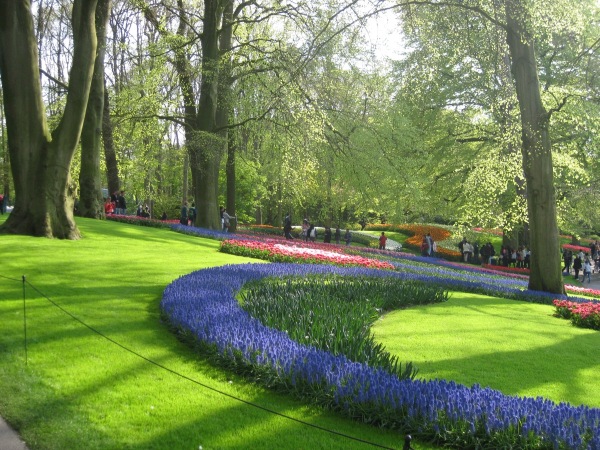
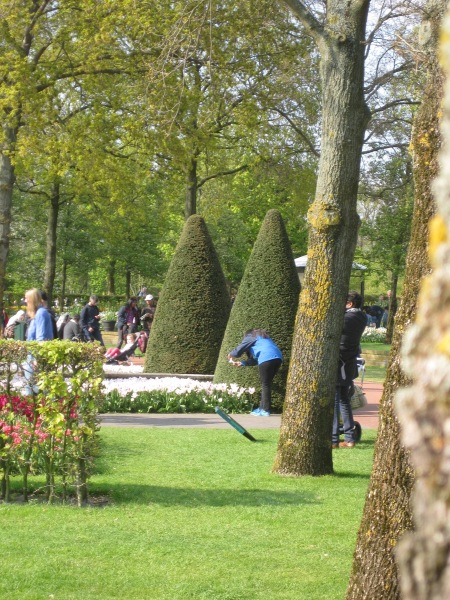
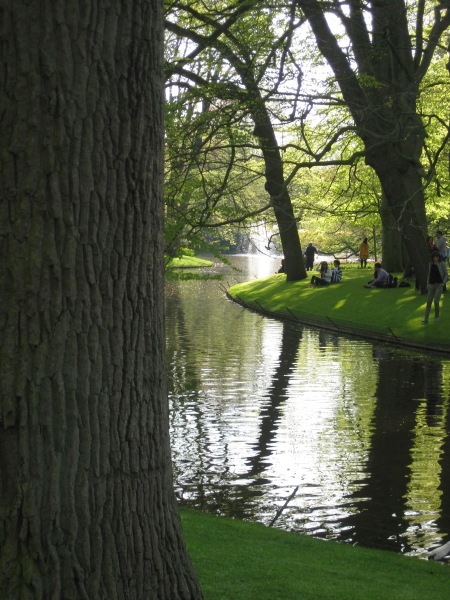



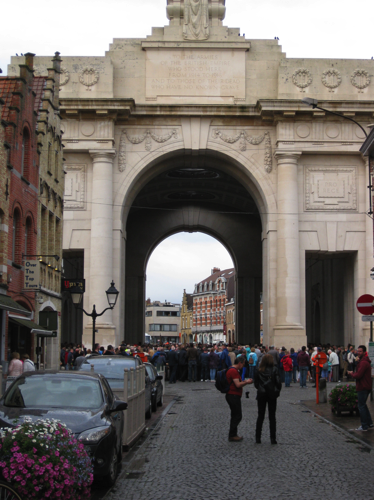


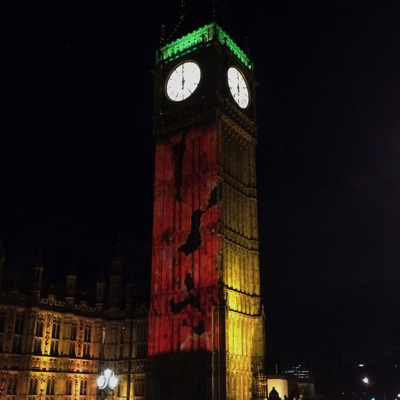
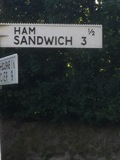


Others have said